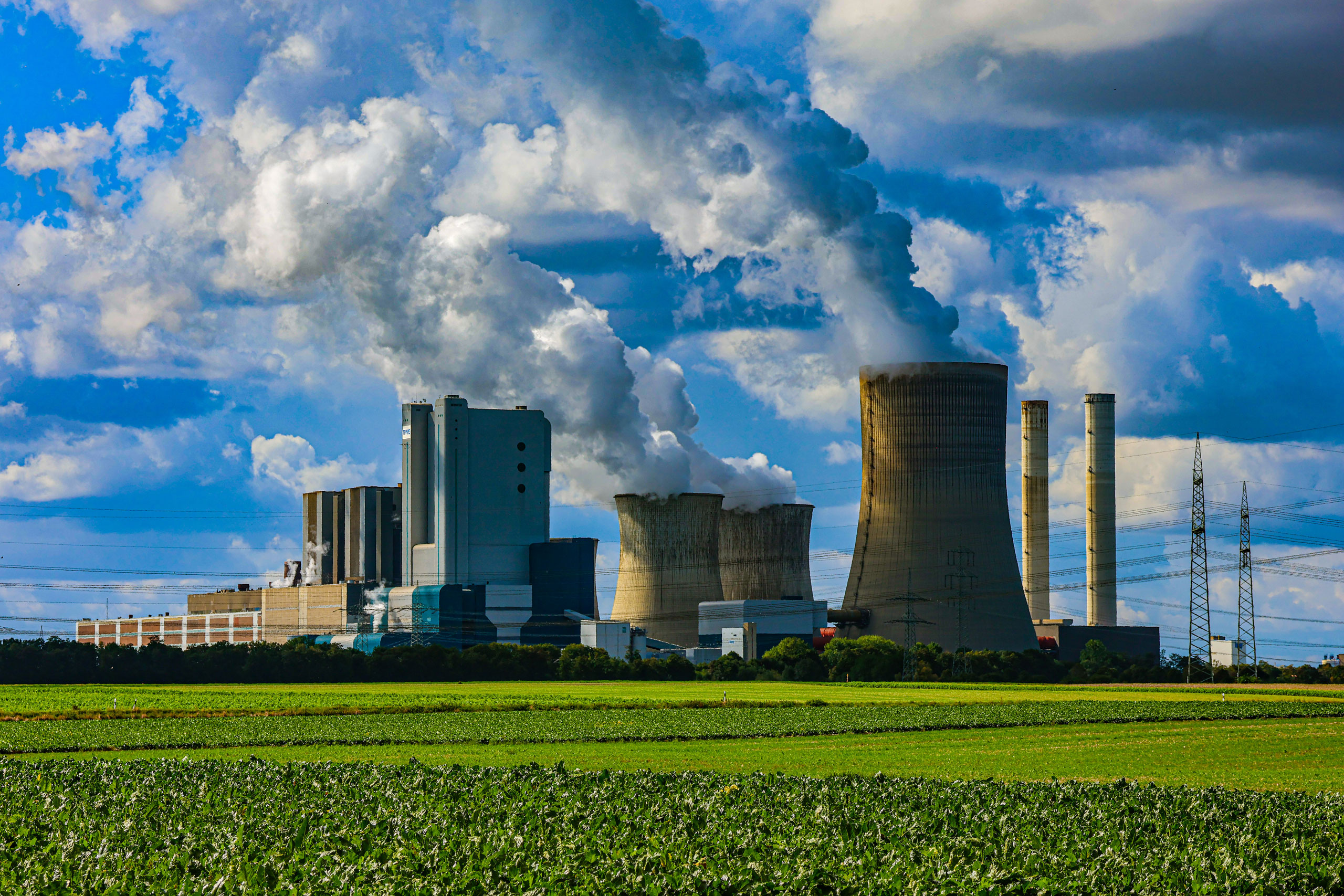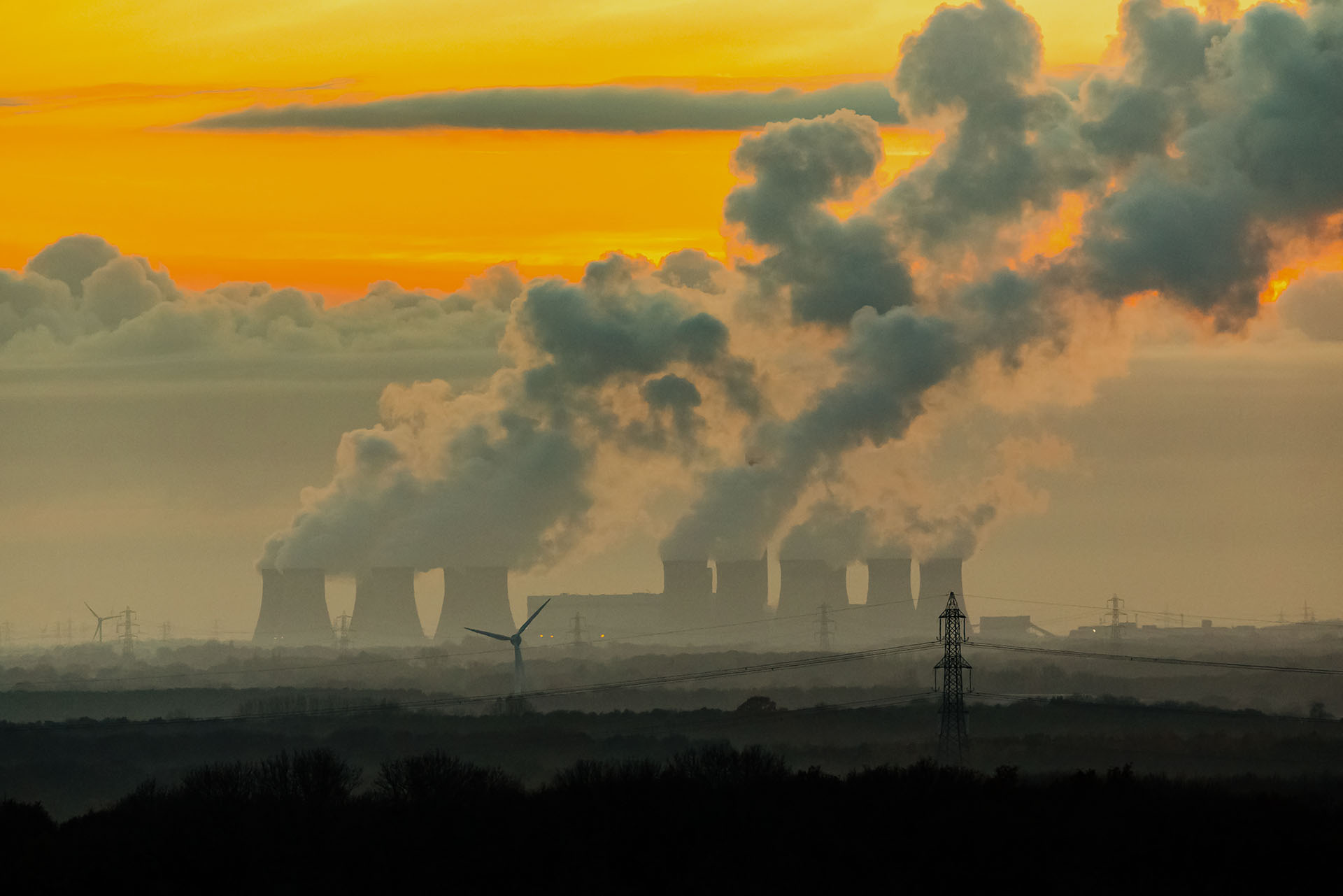Capture, transport and storage of CO₂ (CCS) is a major decarbonisation option for energy-intensive industries (steel, cement, aluminium, etc.) as well as for the power generation sector, and the technology has been identified by the European Commission as a strategic route to achieving climate targets.
Carbon capture and use (CCU) involves the use of captured carbon dioxide. Carbon dioxide can be permanently held in a product (in building materials, synthetic fuels, chemicals) or it can enter a process (e.g. enhanced oil recovery) that provides permanent storage.
Industry
Environment
Investments
Innovation
WHAT DOES CCS INVOLVE?
CCS involves capturing CO₂ emissions from fuel combustion or industrial processes and transporting them for permanent underground storage in safe conditions in various geological formations.
CCS / CCUS STAGES
CAPTURE
CO₂ capture can be achieved:
- At large emission sources (point source capture), industrial facilities are equipped with technology that allows CO₂ to be captured and redirected to storage;
- Straight from the atmosphere.
CCS is emerging as a very important decarbonisation technology in emission-intensive sectors such as cement and steel production, where there are no viable alternatives.
USING
Currently, there are 3 main categories of CCU products (using captured carbon):
Fuels
- Fuels obtained by reacting carbon with oxygen from water electrolysis can be stored and transported using existing infrastructure.
Chemicals
- Most of the products we use (plastics, clothing, pharmaceuticals, food, etc.) are made using carbon. Most of the time, it comes from fossil sources and the production process is carbon intensive. CCU technology involves using captured carbon instead of fossil carbon, creating a circular carbon economy.
Building materials
- To reduce emissions, CO₂ can be permanently integrated into various materials. For example, it can be combined with calcium-rich materials to produce calcium carbonate CaCO₃, which is used in cement production. In this way, some waste can be reused and transformed into new building materials in a circular fashion. Bricks, paving and insulation materials are currently produced through the CO₂ mineralisation process.
TRANSPORT
- After capture and dehydration, CO₂ emissions are transported by pipeline, truck or ship to injection wells for deep storage;
- Although CO₂ transport takes place every day in the world, significant investment in transport infrastructure is needed to enable deployment on a larger scale, important for economic viability;
- Transporting CO₂ is similar to transporting liquefied gas. CO₂ is much safer to transport than many other substances because it does not form flammable or explosive combinations, as with oil or natural gas.
STORAGE
Usually, carbon emissions are stored in certain formations, safe for long-term maintenance:
- Depleted oil and gas fields. CO₂ can also be used to recover oil (enhanced hydrocarbon recovery);
- Deep coal formations. CO₂ can be used to recover methane from coal formations.
- Saline aquifer structures;
Therefore, this new technology is an opportunity for Romania, where hydrocarbon exploitation is a traditional activity with decades of experience and existing infrastructure.
THE IMPORTANCE OF CCS FOR ROMANIA
The development of a CCS project would have a significant economic impact for Romania:
Capital
Large initial investments
Environment
Reducing carbon emissions with a positive impact on the environment
People
200 - 300 new jobs, some highly skilled
Pioneering
local technological advance, with the possibility of exporting knowledge







